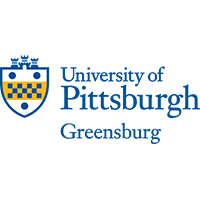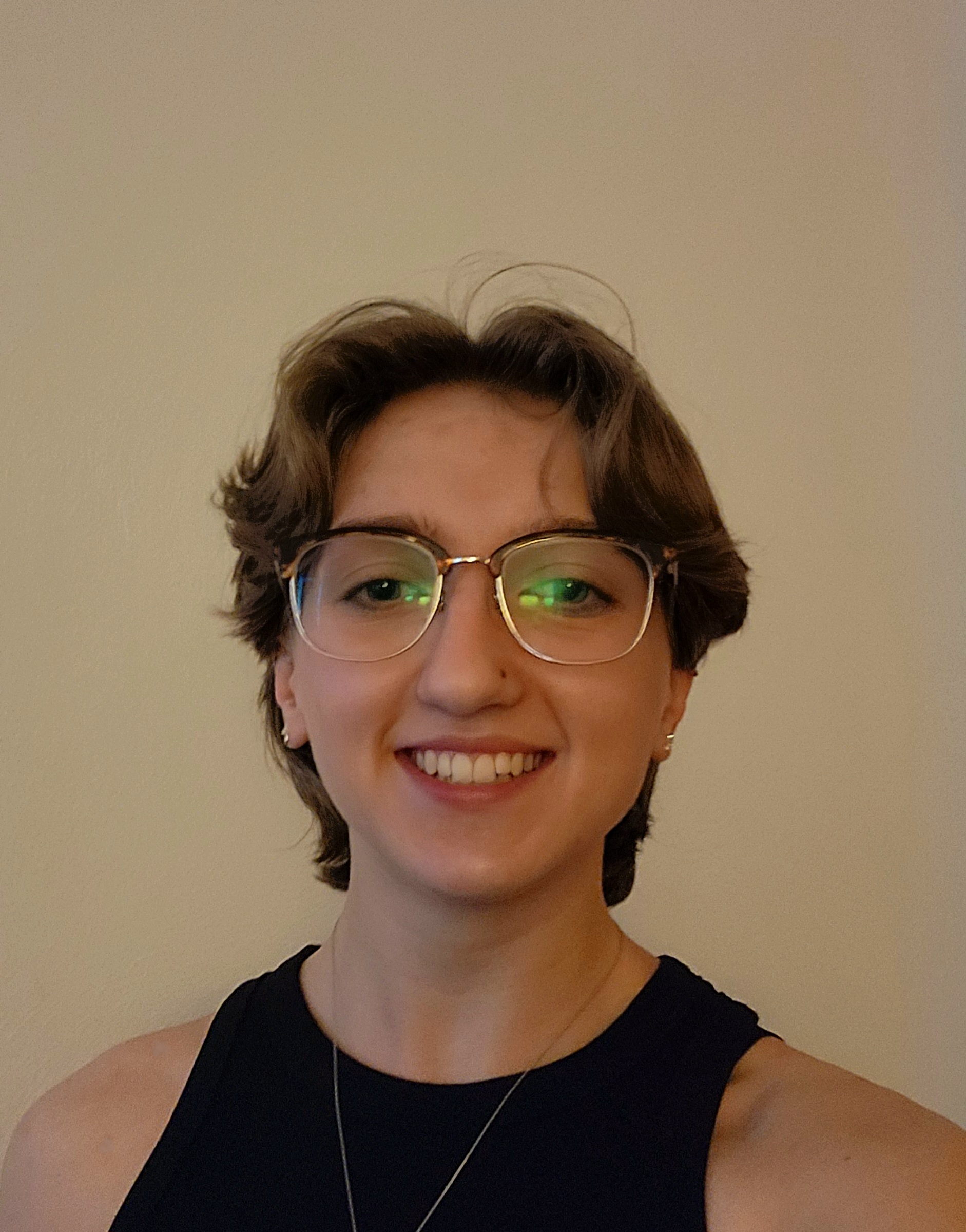Below is a summary of the abstract you submitted. Presenting author(s) is shown in bold.
If any changes need to be made, you can modify the abstract or change the authors.
You can also download a .docx version of this abstract.
If there are any problems, please email Dan at dar78@pitt.edu and he'll take care of them!
This abstract was last modified on March 31, 2025 at 12:11 p.m..

Bacteriophages—also called phages—are viruses that replicate using the cellular machinery of bacteria by injecting their genetic material into the host cell. In lytic phages, viral replication occurs immediately upon infection, and the resulting daughter phage kill the bacterium by bursting out of the cell in a process called lysis. In lysogenic phages, the phage’s genetic material is incorporated into the host’s genome as a dormant prophage, and is inherited by daughter cells referred to as lysogens. Prophages do not undergo replication until triggered by assorted environmental stressors, and have the potential to induce a variety of effects in the lysogen. This study examined Actinobacteriophage DreamEater’s (Phage DreamEater) ability to produce lysogens of its bacterial host, Arthrobacter globiformis (A. globifomis), and if its lysogens displayed superinfection immunity, a prophage induced resistance mechanism that prevents re-infection from phages. Phage DreamEater was selected due to its exceptionally turbid and bullseye-like plaques, characteristics indicative of lysogenic phages. Actinobacteriophage RazzB (Phage RazzB) was used as a control because it infects the same host as Phage DreamEater and was confirmed to be a lytic phage by genome sequencing. Utilizing protocols from the SEA-PHAGES (Science Education Alliance-Phage Hunters Advancing Genomics and Evolutionary Science) discovery guide, we confirmed that Phage DreamEater is able to produce lysogens, and found that they display superinfection immunity.

